Illuminated railroad station in city
Railway infrastructure includes vital assets that serve both social and economic functions. It also serves as a hub for leisure and retail.
In this article, we will outline how to provide efficient train station and railway design that will facilitate commercial success.
Table of Contents
Introduction
Strictly speaking, a rail is a set of two parallel rows of long pieces of metal, usually iron or steel. A train is a mode of transportation that runs on rails and transports passengers or freight.
Rails and trains, however, are often used in the same context, and we will also be using them interchangeably in this article unless specified otherwise. Hence, for example, when we say “rail industry”, we also mean the train industry.
10 Important Trends in Railway Infrastructure
These are the latest trends in rail infrastructure that you must know about.
-
Autonomous trains
-
Internet of things
-
Decarbonization
-
Artificial intelligence
-
High-speed rail
-
Rail automation
-
Passenger experience
-
Rail connectivity
-
AR/VR
The Role of BIM and 3D Modeling in Rail Transportation Infrastructure
Building information modeling (BIM) and 3D modeling have been widely adopted in the construction and architecture industries.
BIM is a mature process that improves the delivery of train station designs and other transit infrastructure. However, the transportation industry is currently sluggish.
Infrastructure is aging in an era when rapid development is needed for sustainability and standards of living. In urban areas, booming populations have put increasing strain on this older infrastructure.
Subsequently, we require cost-effective and efficient ways to construct and maintain our railway infrastructure.
Old-fashioned 2D plans had many limitations. These have been largely overcome by 3D digital models, which display far more detail and contain fewer errors. The result is greater safety for both workers and passengers and increased savings.
3D modeling and BIM offer the following improvements over older methods:
-
Improved cost predictability
-
Fewer errors, especially with BIM clash detection
-
Increased worker and passenger safety
-
Accurate visualization
-
Happier stakeholders
With BIM and 3D models, the public can expect better standards in transit infrastructure. This can be done in many ways, such as embedding sensors for performance tracking, monitoring CO2 levels, and developing digital as-builts.
Important Elements of Modern Rail Infrastructure
1. Sustainable Design
Sustainable design, or eco-design, is about reducing environmental impact throughout a product’s lifecycle. This includes pollution generated in manufacture and delivery, energy use, raw materials used, waste created upon disposal, etc.
To predict a product’s adverse environmental effects, you need to analyze its lifecycle from design to recycling. These figures need to be identified and correctly interpreted for the best results.
For example, if you aim for a recyclability rate of 90%, but the expense is increased carbon emissions or energy consumption, then that is a pointless and even detrimental goal.
It is important to note that while railways are among the most sustainable modes of transportation, they need to be further decarbonized to meet net-zero emissions plans.
Common solutions to this include:
-
Deploying electric locomotives that use renewable energy sources such as wind and solar power.
-
Replacing diesel trains with hydrogen fuel cells, electric trains, or battery technology.
Another way of moving towards sustainable railway infrastructure is the use of greener or more responsible materials. Some parts and materials with recognized eco-labels, such as European ecolabel, Blue Angel, FSC, and PEFC, are offered as infrastructure solutions. These materials may include grease, floor panels, and so on.
2. Digitization
There is a need to replace legacy technology with digitized systems for train control, signaling and traffic management. For example, the use of wireless communications for supervision of train movement.
Today’s systems have many electrical signal boxes. However, if replaced with digital interlocking and control centers, only a few will be required for even the biggest railway systems.
Such digital advancements will offer the following benefits:
-
Operators can withdraw most trackside equipment.
-
Increased capacity by over 20% with no additional building of tracks
-
Improved sustainability due to smoother operations
Furthermore, upgrades to signaling technology and ATC (automatic train control) will reduce technical errors. For example, a GoA4 (grade-of-automation 4) system autonomously manages obstacle detection, emergency situations, and control of the train’s brakes, speed, and doors.
3. Rail Connectivity
Mobile communications systems allow for high-performance, reliability, and low-latency communications.
Additionally, communications-based train control (CBTC) permits proper asset monitoring and traffic management.
Connectivity applications cover control, passenger experience, data collection, positioning, and maintenance.
4. Passenger Experience
To improve passenger experience, rail companies can employ the following:
-
Automatic & biometric ticketing
-
Train delivery services
-
Video surveillance
-
Train hotel experiences
-
Price comparisons and automatic ticketing on mobile apps
-
Onboarding systems to improve identification control, seat assignments, and last-minute bookings
-
Infotainment systems for passengers during travel
5. Commercial Planning
Commercial facilities play an important role in stations and railway networks. Their revenue helps to support the infrastructure, stations, and even ticket pricing. Additionally, they provide both desired and needed goods and services to visitors and passengers.
6. An Efficient Management Strategy
Railway station design needs to consider both social and economic factors, as well as assist management in working towards them. Furthermore, management has to bear in mind local stakeholder partnership to keep returns within the community.
When planning and managing rail infrastructure, especially train stations, consider the following:
-
Operations: Successful station design will include efficient passenger flows and ease of access. You will need to map the flows and understand what people are doing and require at each step. This is a complex, large task. Journey mapping has been common in the aviation industry for a while now, but it is still relatively new in the railway industry.
-
Mobility: Railway infrastructure has to cater to a broad range of mobility requirements. Aside from taking into account luggage and hand baggage, you also need to consider ageing populations and various impairments, whether physical, cognitive or sensory.
-
Level Changes: Vertical circulation is sometimes slow, and escalators tend to be safety hazards, especially during peak times. To combat this, we need to develop proposals that manage traffic flows to various escalator banks during peak hours. When the flow is in the opposite direction, the strategy changes to meet the needs of that flow. This can be aided by dynamic signs.
-
Entrances: We need to develop transition zones where passengers or visitors can orient themselves without blocking traffic. Staggering revenue protection barriers can be useful for the tidal nature of the flows. (These barriers have been considered obsolete, but they are still useful for station management.)
-
Horizons: Primary station architecture needs to consider how pedestrian flows might change through the life of the station. This architecture is usually constructed to meet the demands of the masterplan horizon, which may extend to thirty or fifty years. However, the secondary later can flex more often.
Railway infrastructure requires extensive, thorough planning to offer efficient, safe, and sustainable solutions. A holistic approach is needed to provide this invaluable asset.
BluEntCAD offers various services to help transit infrastructure meet the public’s needs, including Revit modeling and other BIM services. We serve civil engineers, MEP engineers, structural engineers, HVAC subtrades, design-build contractors, general contractors, and commercial architects.
Ready to make your project efficient, safe, and cost-effective with BIM services? Contact us now!
Maximum Value. Achieved.


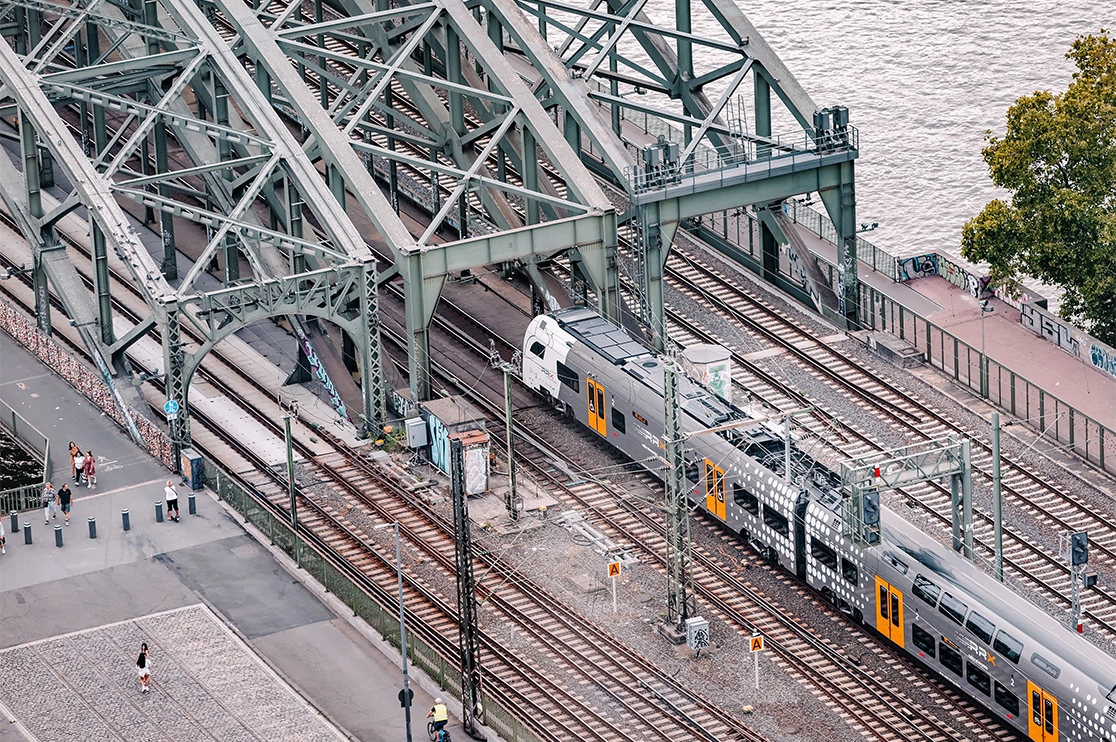
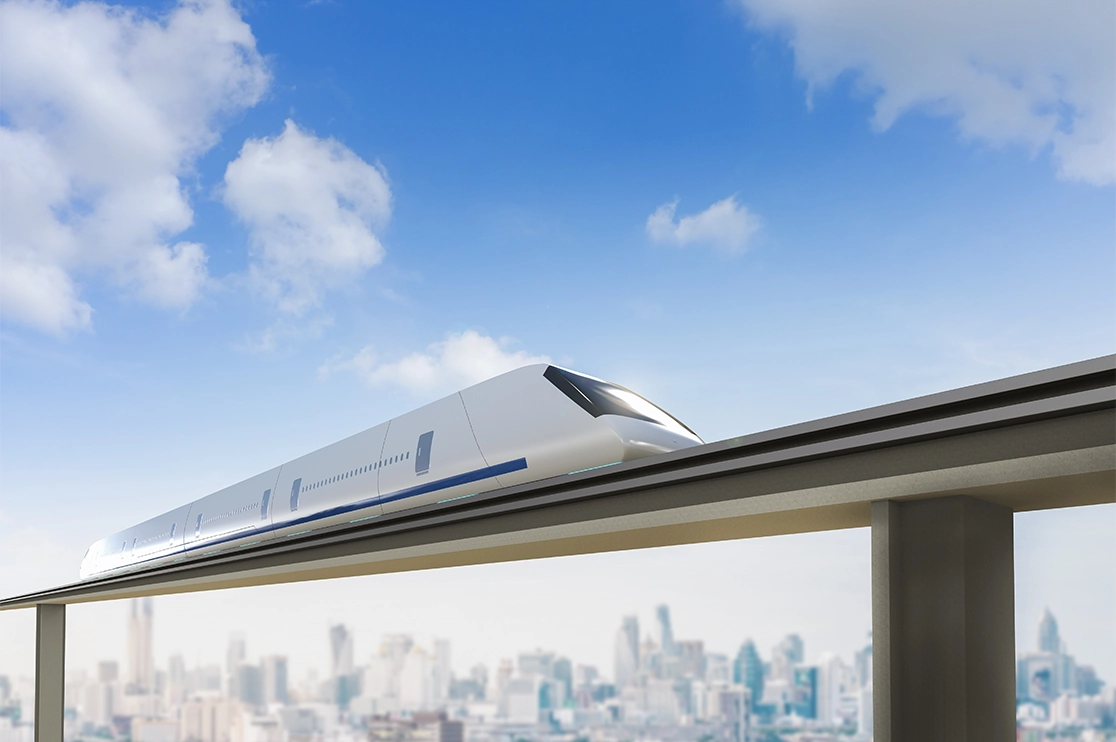


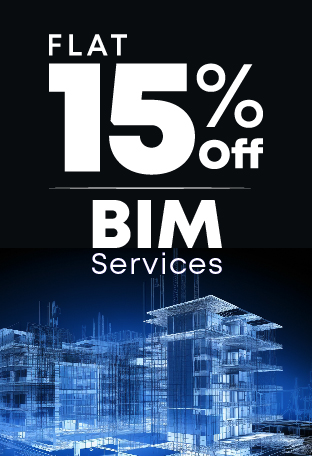


 How AI BIM Modeling Shaping the Future of Residential Construction?
How AI BIM Modeling Shaping the Future of Residential Construction? 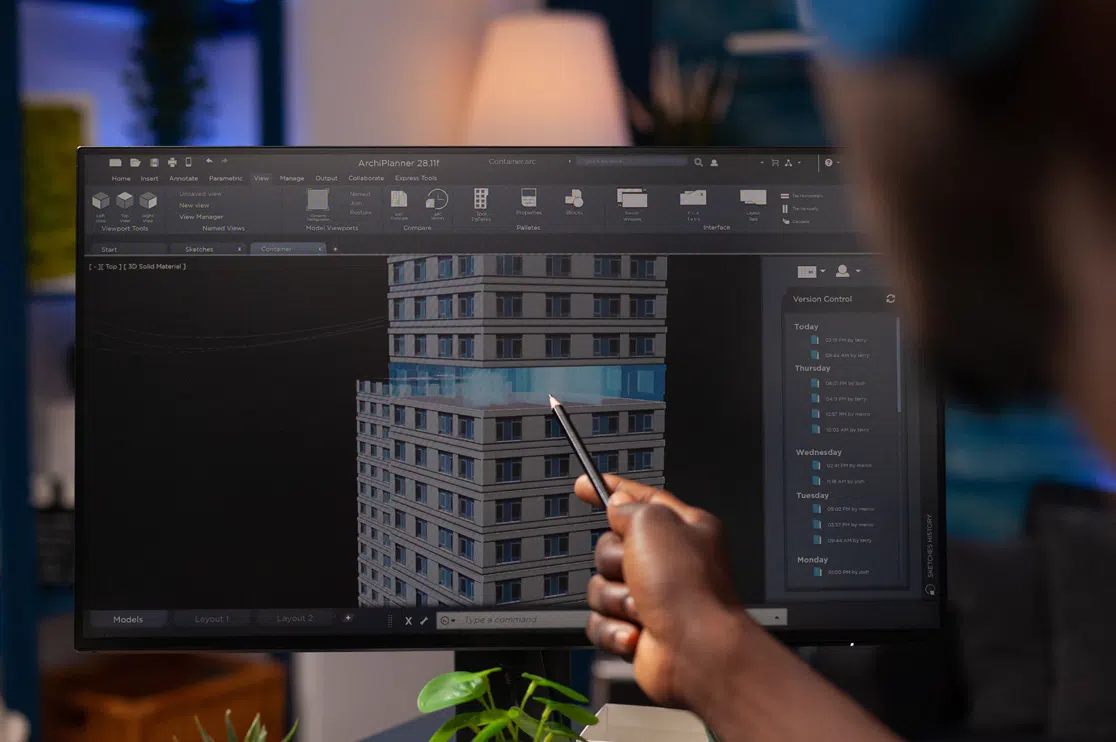 How BIM Services Enhance Collaboration, Design Choices, and Project Efficiency for Architects? – A Guide
How BIM Services Enhance Collaboration, Design Choices, and Project Efficiency for Architects? – A Guide  How is Artificial Intelligence in Construction Design Transforming Architectural Landscape?
How is Artificial Intelligence in Construction Design Transforming Architectural Landscape? 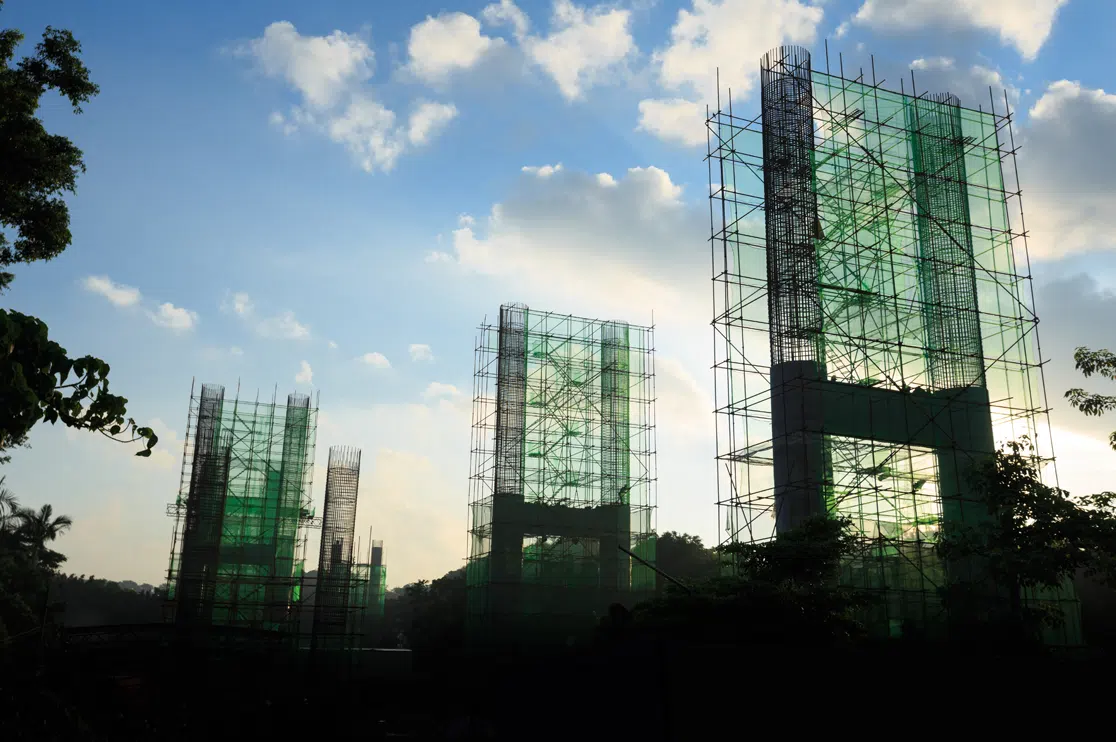 BIM Coordination Benefits for Contractors in the Preconstruction Stage
BIM Coordination Benefits for Contractors in the Preconstruction Stage